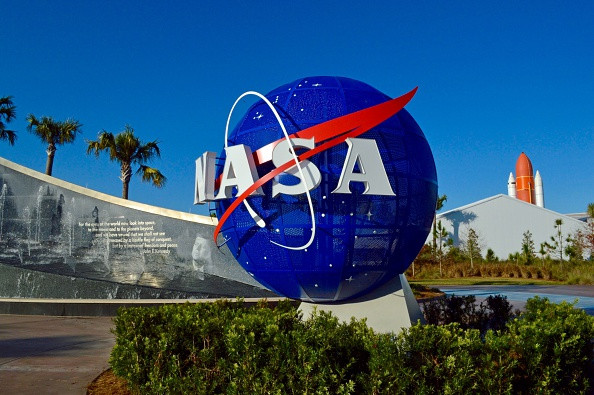NASA's Longest Mars Simulation to Date: Three Men, Three Women Begin 8-Month Stay in a Dome in Hawaii

Three men and three women will live in a thousand-square-foot dome in Hawaii for the next eight months starting today, (15 October) to simulate life at a space station in Mars.
As an individual, not feeling the sunlight on my skin for eight months, I think that's going to be the most difficult thing for me psychologically.
According to National Geographic, the team will be cut off from the outside world as part of a NASA sponsored project called HI-SEAS, which is led by the University of Hawaii at Manoa.
The dome is located on the north side of the Mauna Loa volcano. The mission is NASA's longest Mars simulation to date and the second of three missions sponsored by NASA to examine human performance on long-duration isolation missions.
The mission's commander, Martha Lenio, 34, of Canada is the first reported woman to ever lead a Mars simulation, and the third woman in the history of NASA to lead a mission.
In an exclusive interview with National Geographic, Lenio described the living quarters, essentials carried on board and some of the team's biggest challenges.
"It's 36 feet across and two stories. The grand level has a kitchen, dining area, working area, washroom and storage lab space. Upstairs, we each have our own bedrooms, which are tiny, glorified closets. There is a washroom upstairs, too. There's only one real window in the dome. We have a treadmill and stationary bike. The space is very similar to the amount of space you would have at a station on Mars."
There will be absolutely no communication with the outside world –no phoning or Skype, with the exception of emailing. There will be a reported 20-minute delay between sending a message and it being received as that's the amount of time it takes for a message to be delivered from Mars to Earth and vice versa.
Lenio says everyone is entitled to eight litres of water a day, which can be used towards drinking, cooking, cleaning, laundry or showering.
The team has brought along food that has higher shelf life, as well as freeze-dried fruits, vegetables and some meat.
There's also a food study being performed by Cornell. One of the things that happens on a long-duration space mission is that you get food fatigue and everything starts to taste the same, so they're trying to figure out what foods we won't get sick of.
"There's also a food study being performed by Cornell. One of the things that happens on a long-duration space mission is that you get food fatigue and everything starts to taste the same, so they're trying to figure out what foods we won't get sick of," said Lenio.
Lenio describes "depression" as the biggest challenge faced by people on similar missions.
"It is difficult communicating with the people you love back home, due to the time delay. There are feelings of frustration with mission support. There is the difficulty of living in close quarters with people of different personalities. All of those factors can influence someone's feelings of futility and depression.
"As an individual, not feeling the sunlight on my skin for eight months, I think that's going to be the most difficult thing for me psychologically."
Lenio says the predicted date for a Mars mission is 2030.
She also poured in on the MIT study published this week on the Mars One mission claiming human settlement on Mars is impossible.
"The Mars One mission is a one-way mission with the goal of sending people to Mars permanently. It's being organized by private entities, and there could be issues, as stated in the study. However, NASA and other space agencies around the world are looking at a three-year trip to Mars. So the trip does not have to be completely sustainable yet. Also, resupplies, or sending supplies ahead separately, are both possible," explained Lenio.
© Copyright IBTimes 2025. All rights reserved.






















